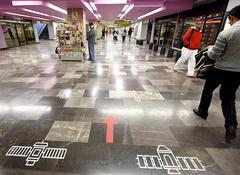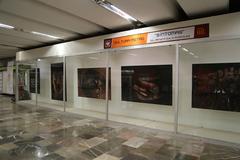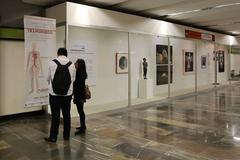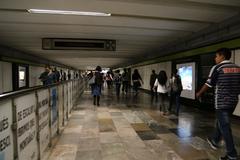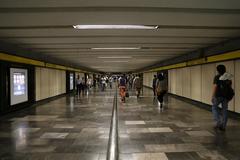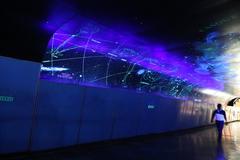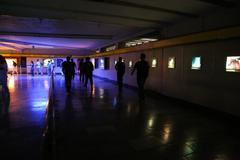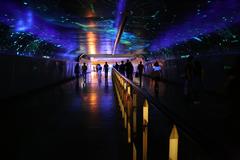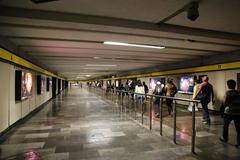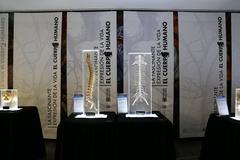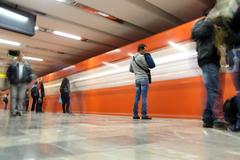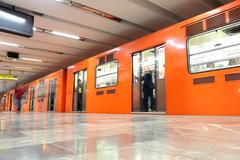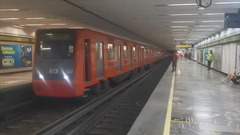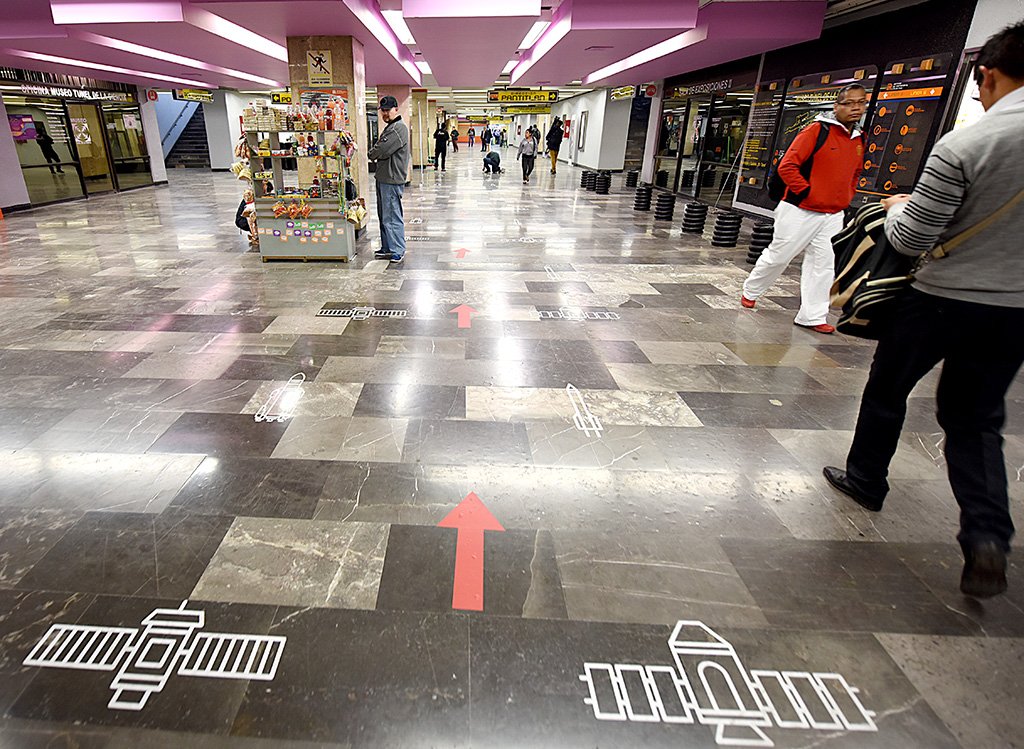
La Raza Mexico City: Visiting Hours, Tickets, and Historical Significance Guide
Date: 14/06/2025
Introduction: Understanding La Raza’s Heritage in Mexico City
La Raza in Mexico City is more than just a neighborhood or a monument—it is a powerful symbol of the country’s pluralistic identity, rooted in the melding of Indigenous and Spanish cultures. The expression “La Raza” (literally “the race”) has evolved to signify the mestizo identity that took shape after the Mexican Revolution, representing the unity and diversity of Mexico’s people. At the heart of this narrative is the Monumento a la Raza, a striking 50-meter pyramid constructed between 1930 and 1940. This monument stands as a visual testament to the country’s complex history of mestizaje, blending pre-Hispanic motifs with modern architectural techniques.
Today, the La Raza neighborhood continues to be a vibrant center of cultural life, accessible to all and characterized by a thriving mix of art, history, and community engagement. Its central location, intersected by major Metro lines, makes it an ideal gateway for exploring Mexico City’s rich heritage and diverse celebrations.
For comprehensive visitor information, event schedules, and practical travel resources, consult the official Mexico City tourism portal and the Audiala app.
Table of Contents
- Origins and Evolution of “La Raza”
- Monumento a la Raza: History, Architecture, and Art
- Visiting the Monumento a la Raza: Hours, Tickets, Accessibility
- Exploring the La Raza Neighborhood and Notable Attractions
- Cultural Events and Annual Celebrations in La Raza
- Transportation, Safety, and Practical Visitor Tips
- Frequently Asked Questions (FAQ)
- Summary and Final Tips
- References
Origins and Evolution of “La Raza”
The concept of “La Raza” extends far beyond its literal translation. In the Mexican context, it represents “the people”—a collective identity shaped by centuries of interaction between Indigenous civilizations and Spanish colonizers. The idea gained traction in post-revolutionary Mexico, culminating with the official celebration of Día de la Raza (Day of the Race) in 1928, which later evolved into the “Day of the Pluricultural Nation” to honor all of Mexico’s cultural roots.
The Monumento a la Raza was inaugurated on October 12, 1940, to coincide with these celebrations, embodying the ideals of unity and diversity that continue to shape Mexican national consciousness.
Monumento a la Raza: History, Architecture, and Art
Situated at the intersection of Avenida de los Insurgentes, Circuito Interior, and Calzada Vallejo, the Monumento a la Raza is an architectural marvel designed by engineer Francisco Borbolla and architect Luis Lelo de Larrea. The pyramid’s three superimposed levels are adorned with reliefs inspired by ancient Mesoamerican motifs, particularly the Feathered Serpent from Xochicalco. Atop the structure sits a grand eagle sculpture by French artist Georges Gardet, originally intended for the Federal Legislative Palace, while the bronze high reliefs are the work of Jesús Fructuoso Contreras.
The monument’s design is a deliberate fusion of pre-Columbian symbolism and modernist aesthetics, reflecting the mestizo identity central to Mexico’s heritage. Over the decades, the monument has undergone periods of neglect and restoration; the most recent effort began in January 2025, focusing on graffiti removal, sculpture repair, and improved accessibility.
Visiting the Monumento a la Raza: Hours, Tickets, Accessibility
- Visiting Hours: Daily, 8:00 AM – 6:00 PM
- Tickets: Free entry for all visitors
- Accessibility: The site features wheelchair ramps and paved pathways
- Getting There: Easily accessible via Metro La Raza (Lines 3 and 5) and Metrobús services. The Metro station’s pictogram is the monument’s silhouette for easy recognition.
- Best Time to Visit: Early mornings and late afternoons provide optimal lighting for photography and fewer crowds.
Exploring the La Raza Neighborhood and Notable Attractions
La Raza’s significance is amplified by its surroundings:
- Centro Médico Nacional La Raza: Opened in 1954, this major medical complex is famed for its medical services and artistic murals by Diego Rivera and David Alfaro Siqueiros, depicting themes of public health and social justice.
- Calzada Vallejo: A historic thoroughfare forming part of the Camino Real de Tierra Adentro, a UNESCO-listed trade route.
- Metro La Raza and Túnel de la Ciencia: The Metro station is not only a transit hub but also home to the Túnel de la Ciencia, an educational tunnel with rotating science exhibits.
- Local Markets: Mercado Pro-Hogar and Mercado 1 de Septiembre offer authentic street food and local crafts.
- Religious Sites: Notable churches such as Asunción de María and Santo Cristo De La Agonía serve as community landmarks.
The urban layout places La Raza at the crossroads of Azcapotzalco, Gustavo A. Madero, and Cuauhtémoc boroughs, making it a central point for accessing various historical and cultural hotspots in Mexico City.
Cultural Events and Annual Celebrations in La Raza
La Raza comes alive throughout the year with a diverse calendar of cultural festivities:
- El Día de la Raza (October 12): Parades, music, dance, and educational events reflecting Mexico’s multicultural identity.
- Festival Centro Histórico (March/April): Art exhibitions, concerts, and dance performances, with some events held in La Raza.
- Carnaval: Colorful parades, traditional dancers, and workshops, typically in the spring.
- Day of the Dead (October 31–November 2): Ofrendas, storytelling, and dance performances commemorate this iconic Mexican tradition.
- Corredor Cultural Roma-Condesa: A spring festival celebrating art, music, and food, with events extending into La Raza.
- Local Fiestas: Neighborhood patron saint festivals with mariachi, artisan markets, and fireworks.
- LGBTQ+ and Diversity Celebrations: Pride events and inclusive parades foster a welcoming atmosphere.
Most events are free or low-cost, with some special performances requiring advance ticket purchase from official sources.
Transportation, Safety, and Practical Visitor Tips
Public Transportation
- Metro and Metrobus: The most efficient and affordable ways to reach La Raza and navigate the city. Avoid peak hours (7–9 AM, 6–8 PM) for a smoother experience.
- Buses and Trolebuses: Cover routes not served by Metro, but can be slow during major events.
- Rideshare Services: Uber and Didi are recommended, especially after dark. Avoid street-hailing taxis.
- Walking and Cycling: Many attractions are pedestrian-friendly; Ecobici bike-share is available for exploring at your own pace.
Safety
- General Precautions: Remain vigilant in crowds, secure personal belongings, and use official transport options.
- Women Travelers: Use women-only Metro cars when available; consider rideshare at night.
- Health: Be mindful of altitude, air quality, and sun exposure. Drink bottled water and choose busy food stalls.
Accessibility
- Wheelchair Access: Many public venues and Metro stations are accessible, but sidewalks can be uneven.
- Families: Strollers are manageable but be prepared for crowded sidewalks and limited baby-changing facilities.
Practical Tips
- Book accommodation early during festival periods.
- Carry small bills for markets and public transport.
- Dress modestly when visiting religious sites or traditional neighborhoods.
- Learn basic Spanish phrases to enhance your experience.
- Download the Audiala app for real-time updates, maps, and personalized itineraries.
Frequently Asked Questions (FAQ)
Q: What are the Monumento a la Raza visiting hours?
A: 8:00 AM – 6:00 PM daily; entry is free.
Q: How do I get to La Raza?
A: Take Metro Lines 3 or 5 to Metro La Raza station; Metrobús and bus routes also serve the area.
Q: Are there guided tours of the monument?
A: There are no regular tours at the monument, but many city walking tours include it as a stop.
Q: Is La Raza accessible for people with disabilities?
A: Yes, the monument and Metro station have ramps and paved paths. Always check individual event venues for specific accessibility features.
Q: What are the top nearby attractions?
A: Centro Médico Nacional La Raza, Túnel de la Ciencia, Basilica of Our Lady of Guadalupe, Plaza de las Tres Culturas, and vibrant neighborhood markets.
Q: Is the area safe for tourists?
A: Generally safe during the day; follow standard precautions and use reputable transportation options, especially after dark.
Summary and Final Tips
La Raza stands as a testament to Mexico’s complex and vibrant identity, offering a unique blend of history, art, and community. The Monumento a la Raza is open daily and free to visit, complemented by a neighborhood rich in cultural landmarks, lively markets, and annual festivals. The area is easily accessible via public transport, and ongoing restoration efforts ensure that its heritage is preserved for future generations.
To maximize your experience, plan ahead using the official Mexico City tourism website and the Audiala app. Capture the monument during golden hour, savor local street food, and immerse yourself in the rich calendar of cultural events.
La Raza offers a memorable window into the soul of Mexico City—whether you’re exploring its monumental history, participating in a vibrant festival, or simply enjoying the local community spirit.
References
- Monumento a la Raza in Mexico City: History, Visiting Hours, Tickets, and Travel Tips, 2025, Audiala (Mexico City Tourism Portal)
- Exploring La Raza: Visiting Hours, Tickets, and Top Historical Sites in Mexico City, 2025 (Mexico City Tourism Portal)
- La Raza Cultural Events and Celebrations in Mexico City 2025, 2025 (Mexico City Official Events Calendar)
- La Raza Celebrations in Mexico City: Transportation, Safety, and Visitor Tips, 2025 (The Broke Backpacker), (Gringa Guide), (Mexico City Official Guide)
- National Today, Mexico Day of the Pluricultural Nation, 2025 (National Today)
- Travel, Books & Food, Travelling to Mexico City Tips, 2025 (Travel, Books & Food)
- Rove.me, Día de la Raza Accommodation Guide, 2025 (Rove.me)
